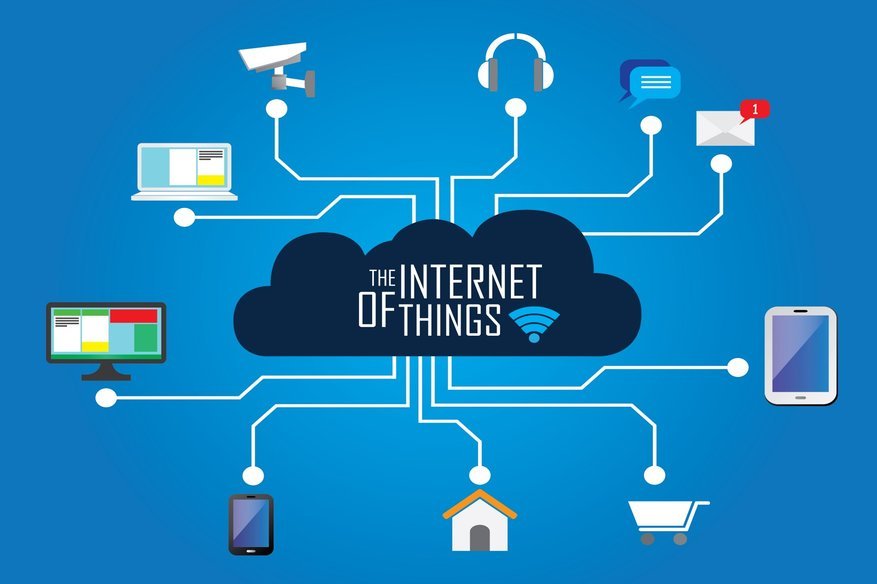IoT Security Plan and 3 Things You Must Include

Even today for many organization IT security is an afterthought, and they don’t realize how they are putting their business at significant risk. The rise of IoT adds to the already vulnerable IT environment. From devices to a network, which creates many more entry points IoT devices are easier to hack than traditional IT devices.
IoT is widely deployed in a few industries, but it is in the infancy stage for most businesses. For those who have started implementing it should lay their hands on the most crucial thing about security.
According to Zeus Kerravala, the founder and principal analyst with ZK Research cite three things that one must consider when creating an IoT security plan.
1.Visibility
The foundation of IoT security is ‘visibility’, and according to Kerravala you can’t secure what you can’t see, so the primary thing is to know what is connected to the network. The problem is that most companies have no idea about it. Kerravala says that he conducted a survey asking respondents how much they know about their network, and a 61 percent had no clue what was. An astonishing statement showing how the network and security teams are falling behind.
Make a list of things that are on your network, run a device identification tool that automatically detects, classifies and profiles everything on your network. Once you have the list the security professionals will have an idea like what is the device, the configuration, and is it from the trusted source. The tool will continuously monitor the network, and when a new device is connected it can be profiled soon.
Predictive analysis is another factor it is about the behavior of the devices that should be learned so the systems can react to an attack before it does any harm. Once the “norm” is set, the environment can be configured to monitor for anomalies and accordingly, action can be taken. Any change in behavior will trigger an alert.
2.Segmentation
Segmentation increases security agility works by assigning policies. When a breach happens, segmentation stops the threat from moving along the asset. Since the network is classified and grouped together, you can set a policy wherein if one section is breached, it cuts off the other section from getting infected.
3.Device protection
The device first and then the network, that is how it is prioritized. It is a matter of enforcing policies correctly, and once an IoT device joins the network, it must be secured in a coordinated manner. Protecting IoT endpoints.
Zeus Kerravala in his article explaining how this is done through the following mechanisms:
- Policy flexibility and enforcement.
The solution needs to be flexible to meet the demands of IoT, rules need to be enforced that govern device behavior.
- Threat intelligence.
Once controls are established, it’s important to enforce policies and translate compliance requirements across the network. The threat of intelligence should be a mixture of local and global information to identify threats before they happen.
Nevertheless, securing the network is not an easy job, and when it comes to securing IoT devices, it can be a complex proportion. With the right planning and preparation, IoT environments can be secured so businesses can move forward without putting the company at risk.